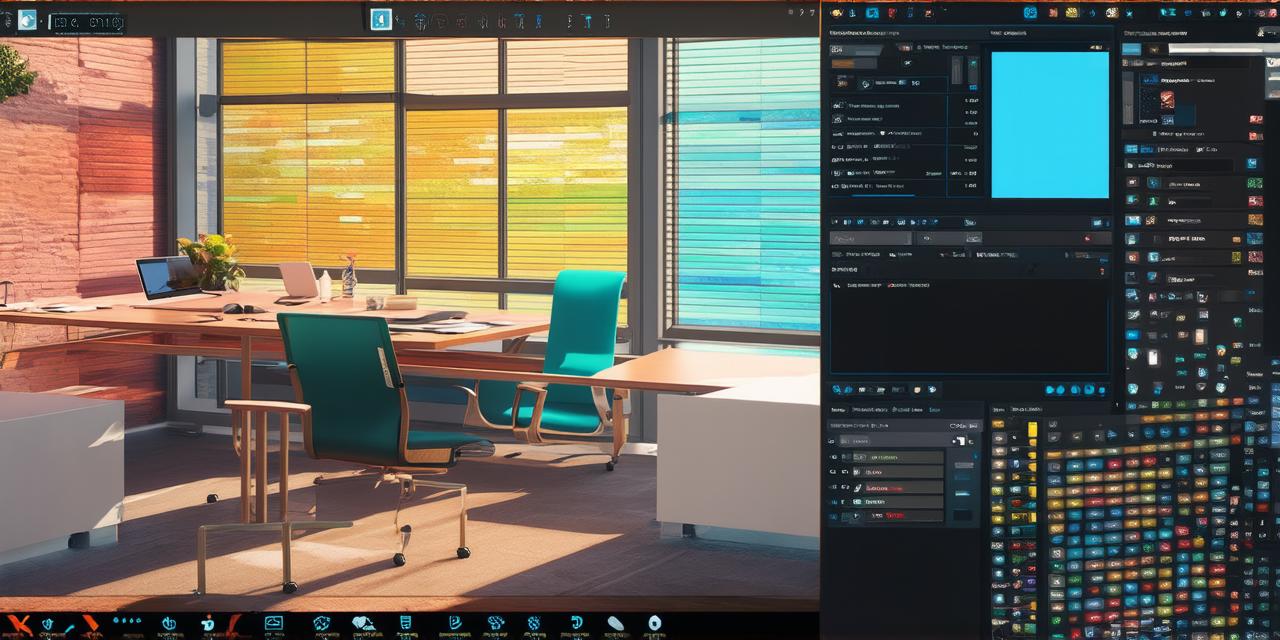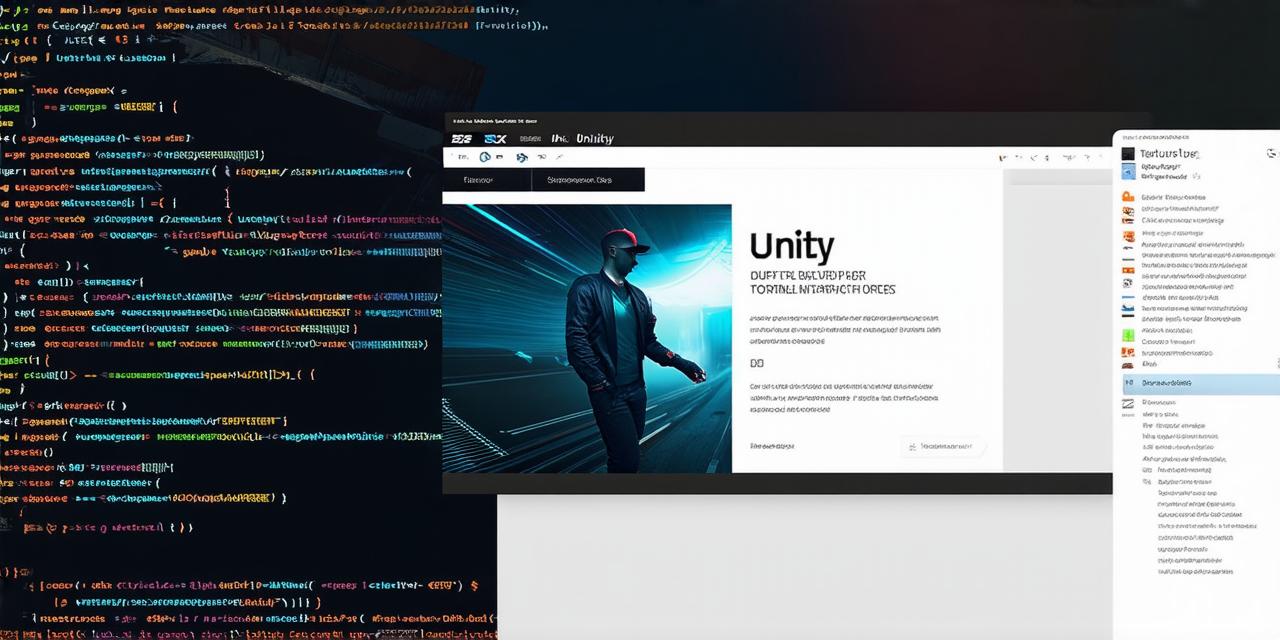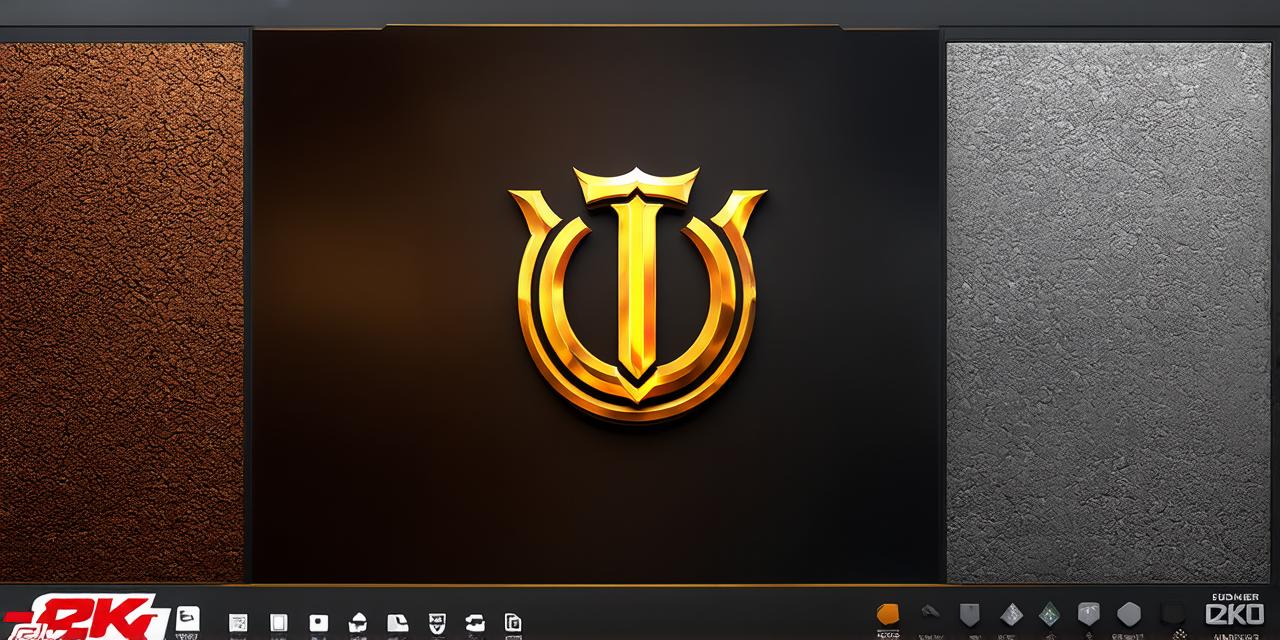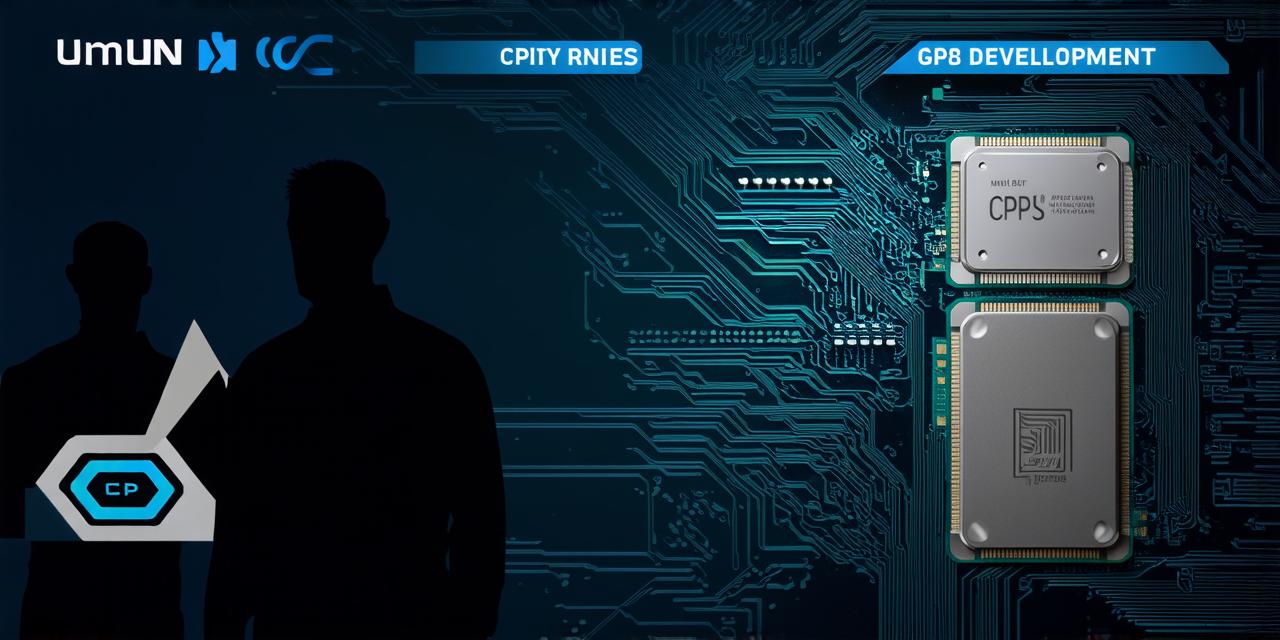Unity is one of the most popular game engines in the world, with millions of developers worldwide using it to create immersive and engaging experiences. In this guide, we’ll take a closer look at how Unity 3D functions and explore its key features that make it such a powerful tool for game development.
What is Unity 3D?
Unity 3D is a cross-platform game engine that allows developers to create games for a wide range of devices, including PCs, consoles, mobile phones, and virtual reality (VR) headsets. It was first released in 2005 and has since become one of the most widely used game engines in the industry.

Key Features of Unity 3D
Ease of use: Unity 3D has a user-friendly interface that makes it easy for developers to create games without needing extensive technical knowledge. It also comes with a wide range of pre-built assets and tools that can help speed up the development process.
Cross-platform compatibility: Unity 3D supports a wide range of platforms, including Windows, Mac, iOS, Android, and consoles like PlayStation and Xbox. This means that developers can create games once and deploy them across multiple devices, saving time and resources.
Real-time rendering: Unity 3D uses real-time rendering, which allows developers to see the final result of their work in near-real-time. This makes it easier to make changes and adjustments as needed, rather than having to wait for a render to complete.
Scripting support: Unity 3D supports a variety of scripting languages, including C and JavaScript. This allows developers to use the programming language that they are most comfortable with and makes it easier to write custom code.
Community support: Unity has a large and active community of developers who contribute to the platform through plugins, tools, and other resources. This means that there is always someone available to help with any questions or issues that may arise during development.
Real-life Examples of Unity 3D in Action
Unity 3D has been used to create a wide range of games and experiences across various industries, including gaming, education, and healthcare. Here are a few examples:
- Gaming: Unity 3D is widely used in the gaming industry to create everything from 2D platformers to AAA blockbuster titles. For example, the popular game “Pokemon Go” was developed using Unity 3D and has become one of the most successful mobile games of all time.
- Education: Unity 3D has also been used in education to create interactive learning experiences. For example, the app “Anatomyo” uses Unity 3D to provide an immersive experience that allows students to explore the human body in 3D.
- Healthcare: In healthcare, Unity 3D has been used to create virtual reality (VR) experiences that allow doctors and patients to visualize medical procedures in a safe and controlled environment. For example, the app “Medical Realities” uses Unity 3D to provide VR training for surgeons.
Comparing Unity 3D to Other Game Engines
While there are many game engines available, Unity 3D stands out for its ease of use, cross-platform compatibility, and real-time rendering. Here are a few comparisons with other popular game engines:




